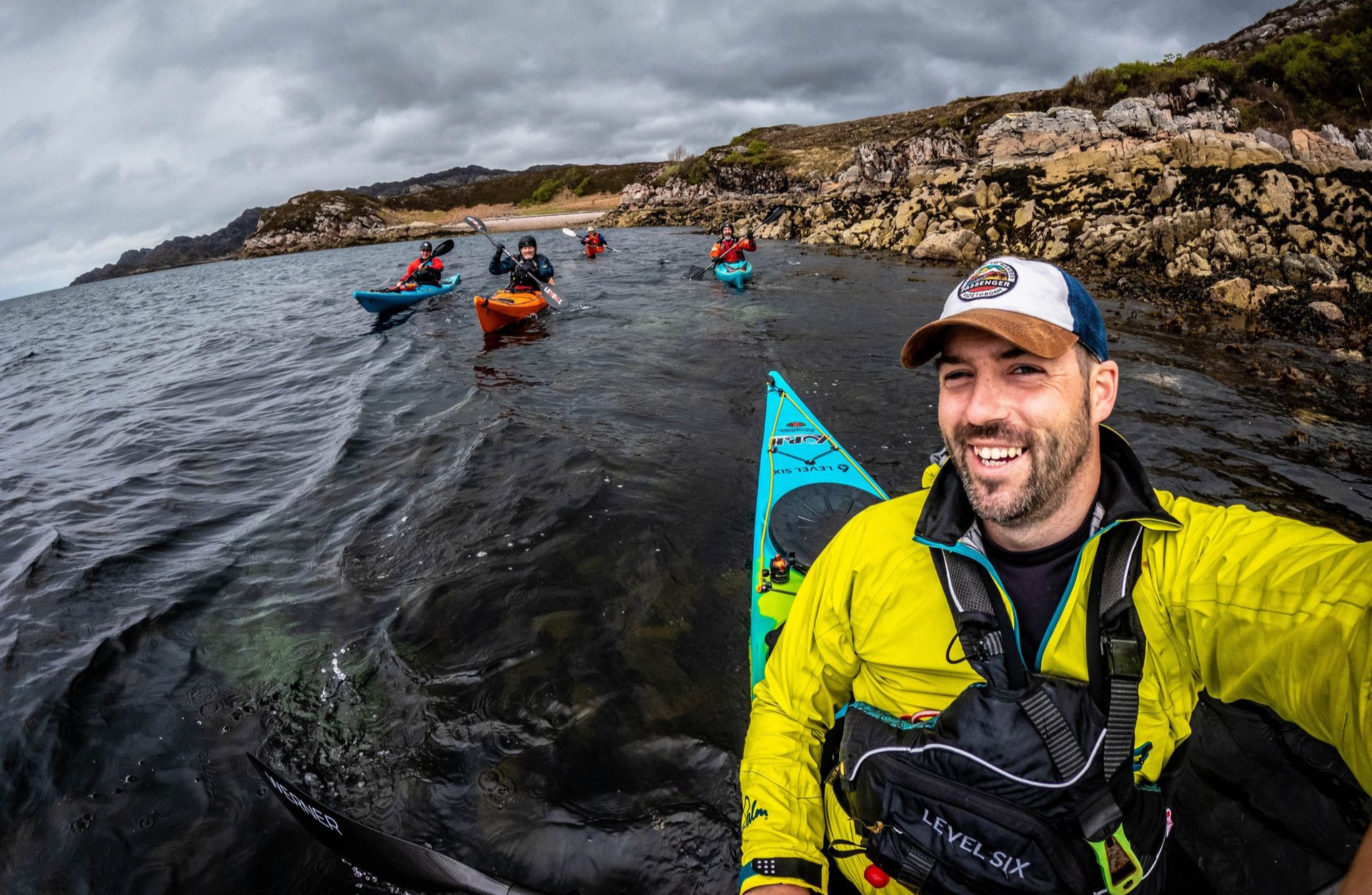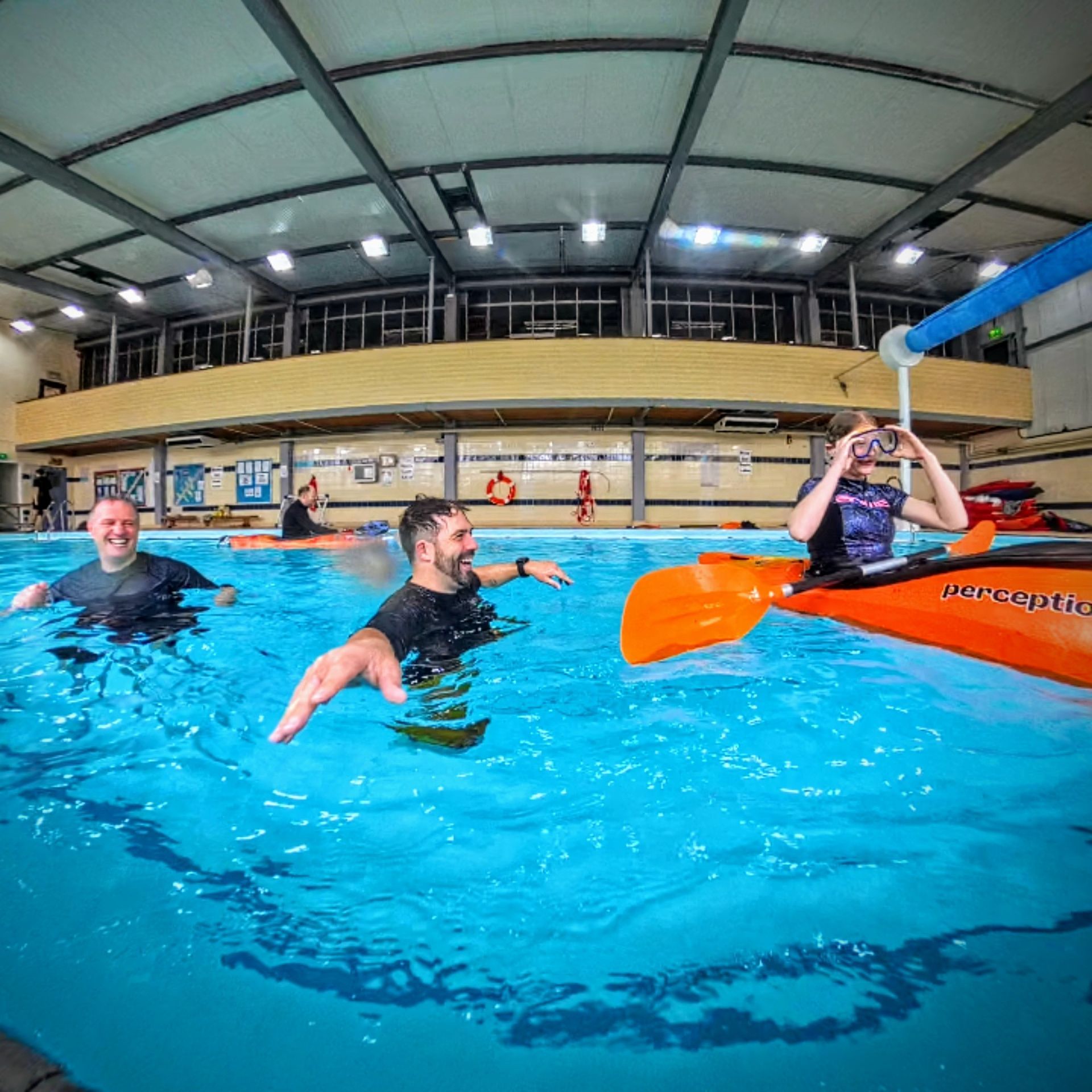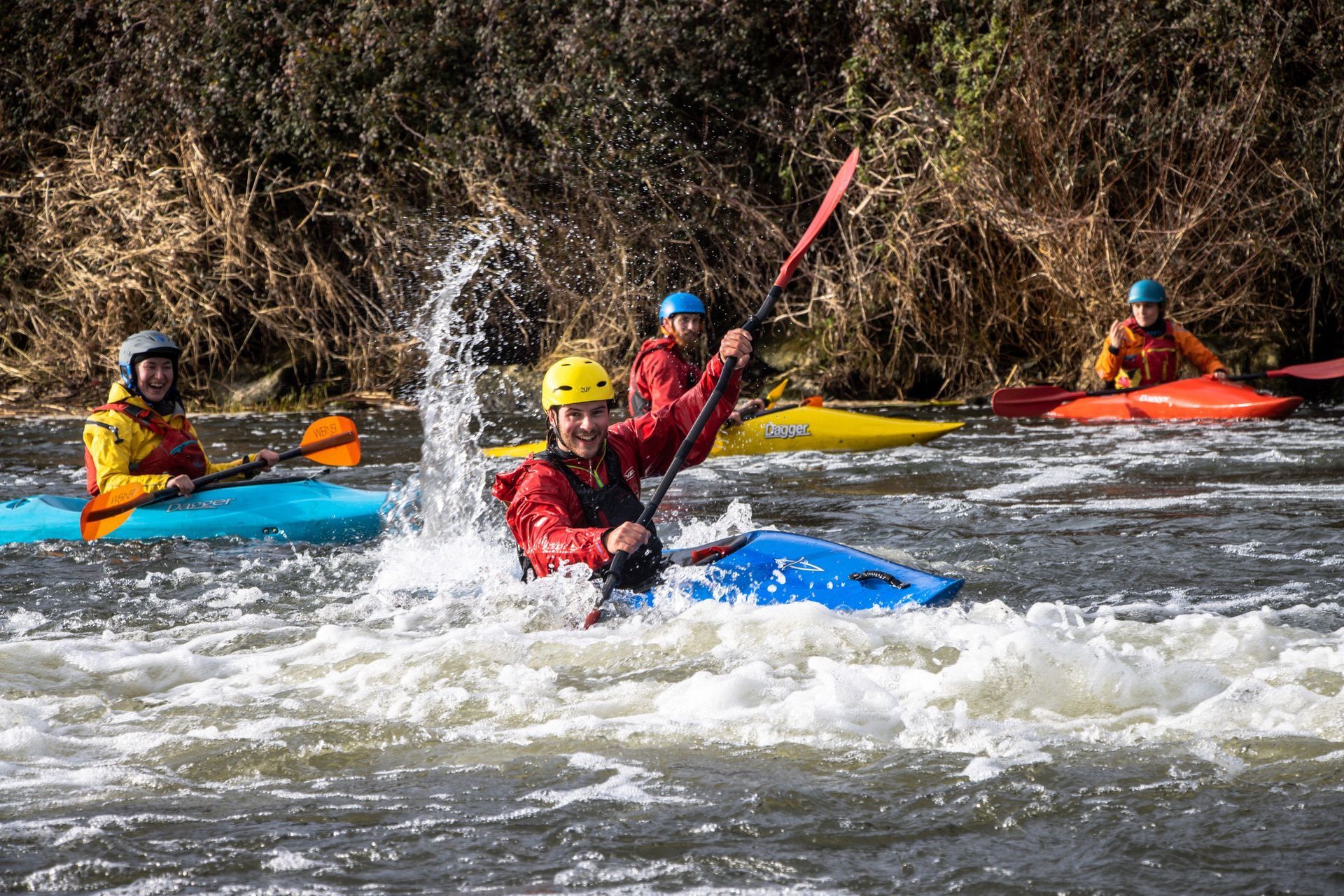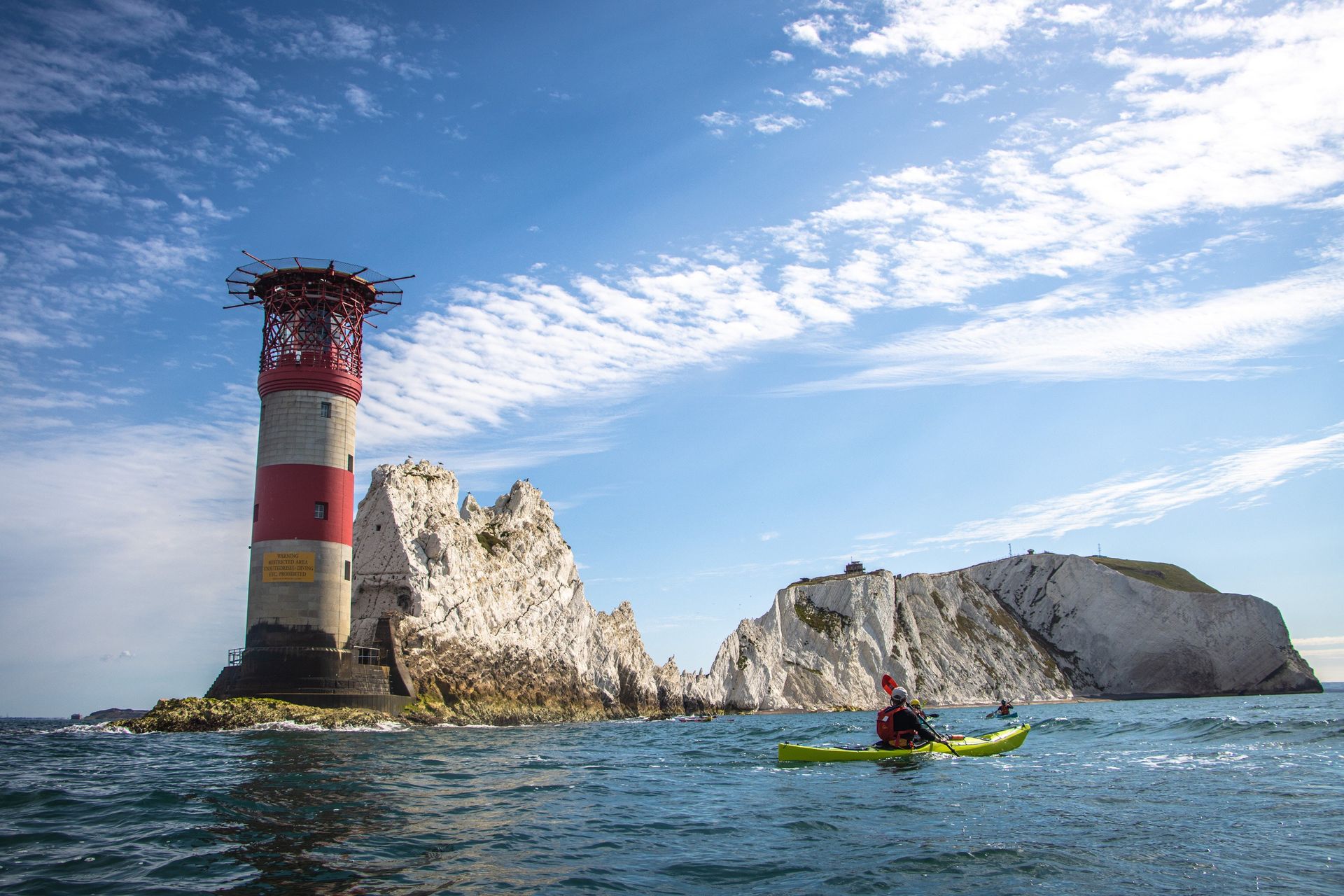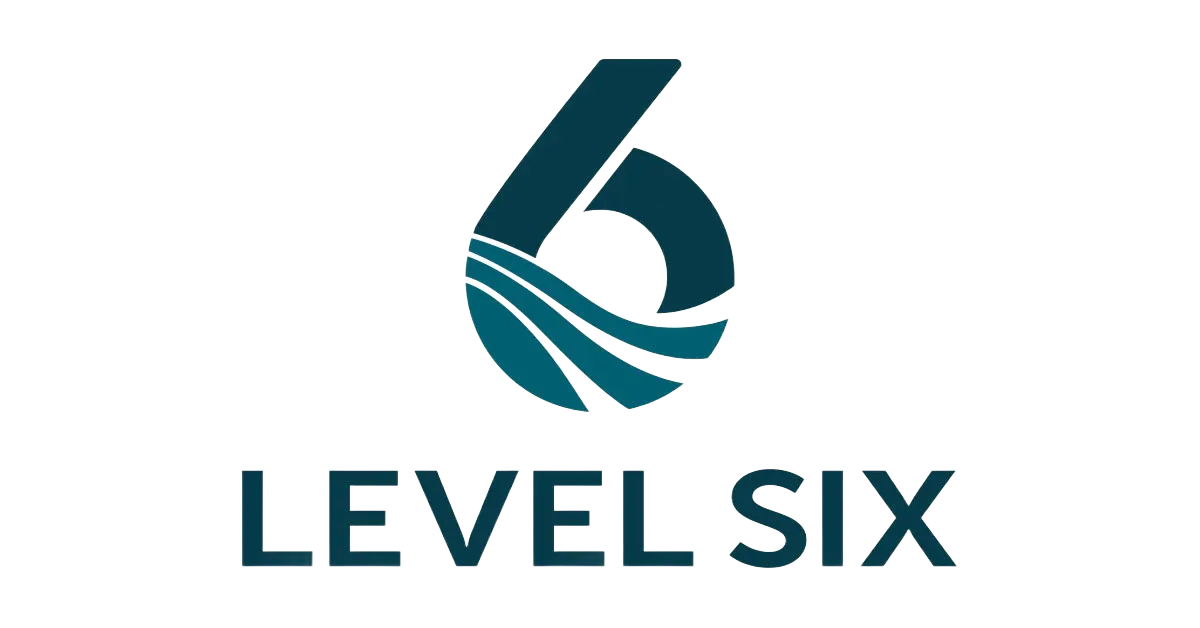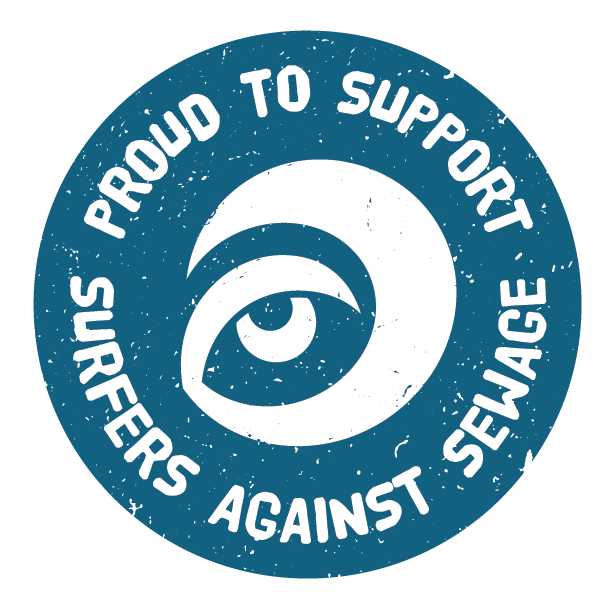What to consider when looking for a paddle
Choosing the Right Paddle – What to Consider Before You Buy
Selecting the right paddle can completely change how you feel on the water.
Get it right, and paddling feels smooth, efficient, and effortless. Get it wrong, and you could end up with sore wrists, aching shoulders, and a tiring day ahead.
Just like picking the right kayak, your paddle choice should reflect the type of paddling you do and your physical size. The key factors to think about are length, shaft size, blade shape, and construction. In my personal paddling opinion, the paddle is the most important part of your paddling kit.
Why It Matters
Paddling long-term with a paddle that’s too big can lead to repetitive strain injuries — think “kayaker’s elbow,” a cousin to tennis elbow.
If your paddle is too short, you’ll have to work harder and paddle faster to maintain speed, which can quickly burn you out.
The goal is to find a paddle that matches your paddling style, fits your body, and feels comfortable in your hands.
Paddle Basics
A paddle has two main parts: the shaft (the bit you hold) and the blades (the bits that move the water).
Different materials and shapes affect weight, flexibility, and feel — so it’s worth understanding the basics before you buy.
Paddle Length
Length is one of the most important choices — and often the first thing people get wrong.
As a rule:
- Smaller paddlers → shorter paddles
- Taller paddlers → longer paddles
But it also depends on the type of kayaking you do:
- White Water & Freestyle: 180–200 cm (shorter = quicker strokes, better manoeuvrability)
- Touring, Sea & Recreational: 190–230 cm (longer = more reach, lower stroke rate)
Shorter paddles give you a higher tempo, great for reacting quickly in flow.
Longer paddles give more leverage for smooth, efficient miles on open water.
Shaft Type & Size
Straight vs. Bent Shaft:
- Straight shafts are lighter, simpler, and cheaper.
- Bent (or cranked) shafts reduce wrist strain by keeping your hands at a more natural angle — they’re pricier but brilliant for comfort.
Shaft Thickness:
- The thicker the shaft, the more suited it is to larger hands. The right size should feel comfortable to grip without overreaching your fingers.
Blade Shape
Blade size and shape affect power, control, and efficiency:
- Larger, chunkier blades: Great for powerful vertical strokes — perfect for slalom and white water.
- Long, narrow blades: Better for a relaxed, lower-angle touring or sea kayaking stroke.
Symmetrical vs. Asymmetrical:
- Symmetrical blades are identical on both sides — great for beginners.
- Asymmetrical blades are slightly offset for smoother, more efficient paddling and reduced flutter (common in performance paddles).
Feather Angle:
This is the twist between blades. A feathered paddle means the blade in the air slices cleanly through the wind. Many modern touring paddles are adjustable, so you can set your preferred angle or even paddle unfeathered if you like.
Construction & Materials
Paddles range from simple plastic to high-end carbon fibre.
- Plastic blades / aluminium shafts: Cheap, durable, and great for beginners — but heavier.
- Fibreglass: Lighter, warmer to hold, and offers a bit of flex for comfort.
- Carbon fibre: The lightest and stiffest — ideal for long days, but more strain on joints if sized incorrectly.
- Wood: Classic, warm in the hands, and still popular for Greenland-style sea paddles and open canoes.
💡 Pro tip: A lighter paddle reduces fatigue, but stiffness increases — so make sure your sizing and technique are dialled before going ultra-light.
Matching Paddle to Purpose
White Water Kayaking
- Short shaft for quick acceleration and manoeuvrability
- Large blades for instant power transfer
- Strong, durable construction to handle impacts
Sea Kayaking & Touring
- Longer shaft for reach and efficiency
- Slimmer, elongated blades for a smooth, lower-angle stroke
- Lightweight materials for long-distance comfort
Performance / Racing
- Lightest build possible
- Winged blades that “grip” the water and maximise power
- Designed purely for forward efficiency — not for rescues or rolling
Try before you buy.
If possible, borrow or demo a few different paddles — your shoulders and wrists will thank you later. The right paddle feels like an extension of your arms: balanced, effortless, and efficient.
A well-chosen paddle can last you for years — and make every journey on the water more enjoyable.
